There are SO many reasons to visit India, it is very hard to come up with only 10! Whitehawk made its first trip to India in 2014 in search of the elusive Snow Leopard. Our trip was a roaring success and our group was able to see not one but two Snow Leopards in a span of 12 days. But it isn’t only Snow Leopards that make India such an amazing place to visit. Read on to find out some of the other incredible reasons to visit this vast and fascinating subcontinent.
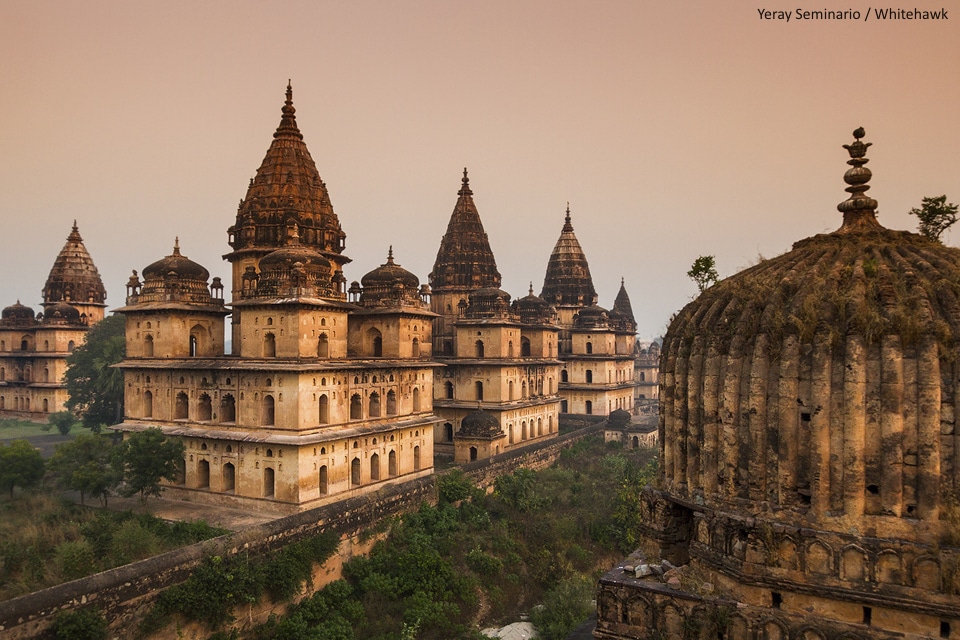
1. Tigers, Leopards and Lions
India is home to some amazing wild cats! Perhaps it is most famous for its relatively large population of Bengal Tigers – one of the largest of the world’s feline species – and the numerous reserves and national parks that have been established to protect this species. In fact, there is practically no better place in the world to see Bengal Tigers than in India.
But while tigers certainly are worthy of our attention, we can’t forget some of the other fascinating felines found in this country. High in the snow-topped Himalayas, Snow Leopards roam the jagged peaks and valleys in search of prey. India is also the last home for the endangered Asiatic Lion. From the medium-sized Jungle Cat, to the spectacular Clouded Leopard, the distinctive Pallas’ Cat, and the diminutive Rusty-spotted Cat, one of the smallest wild felines in the world, India is home to fifteen different species of wild cats.
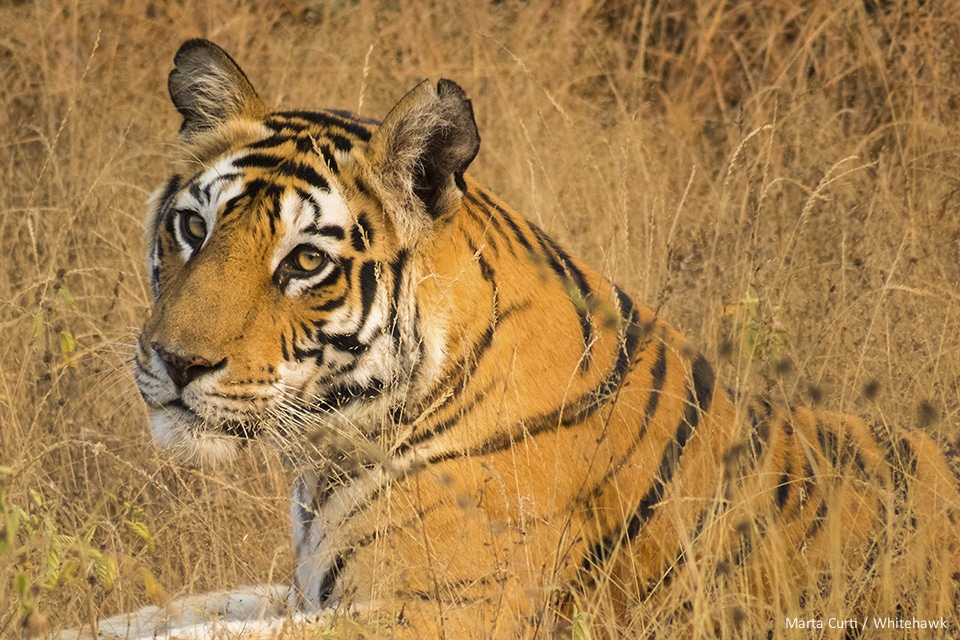
2. Biodiversity
India is known as a mega-diverse country – for good reason! The seventh-largest country in the world by landmass, it encompasses a wide range of habitats, altitudes, and ecosystems. From the towering Himalayan Mountains to the wide and flowing Ganges River, from extensive coastlines to a wide array of forest types, India is home to just under 8% of the world’s reptiles, 6% of its amphibian species, over 12% of fish, and 6% of the world’s flowering plant species. It is also home to almost 14% of the world’s bird species. Some of the most iconic birds found here include Indian Peafowl, Indian Roller, Lesser Racket-tailed Drongo, Himalayan Snowcock, Wallcreeper, Ibisbill, Sarus Crane, Brown Fish-Owl, and Crested Serpent-Eagle.
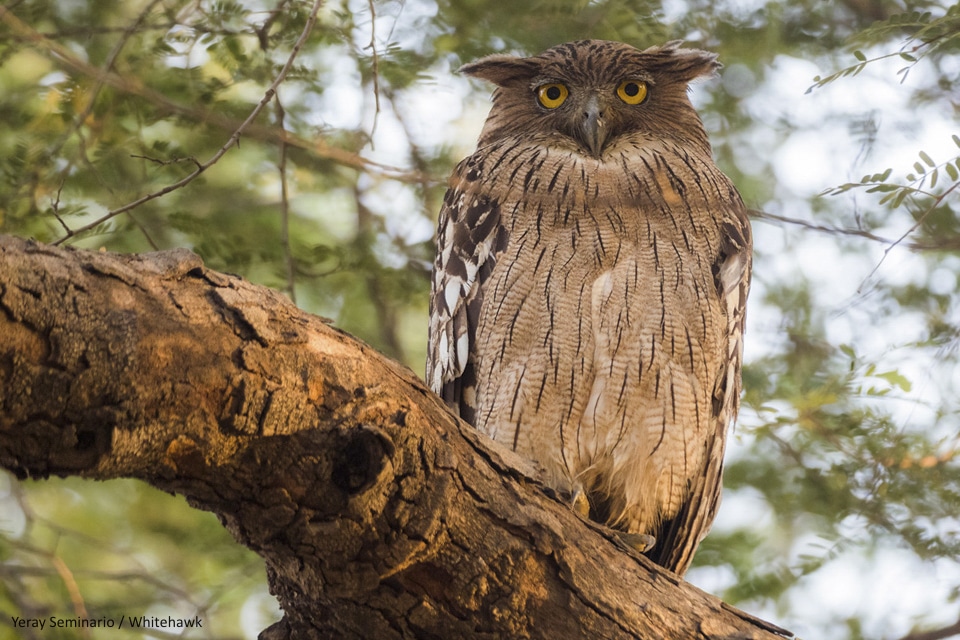
This large subcontinent also provides habitat for over 8% of all the world’s mammals. While the tigers, leopards, and large ungulates easily catch our attention, let’s not forget about the smaller mammals that are just as fascinating and impressive. Among the bats alone, you can find over 100 species on this subcontinent. Perhaps the most easily recognized of these is the Indian Flying Fox, one of the largest bat species in the world, they roost in large groups easily visible during the day as they hang upside from tree limbs. At dusk, it is a marvel to see them release the branches and gracefully wheel through the sky as they forage for fruit.
In the arid and scrub areas of southeastern India, it is possible to find the endemic Madras Hedgehog, also known as the Bare-bellied Hedgehog. This small mammal measures only 25 cm long.
If we pay close attention to what is happening in the trees at night, we might be lucky enough to find a diminutive Gray Slender Loris. These nocturnal, small primates with huge eyes crawl across branches and limbs in search of insects.
Before you visit India, check out our Top 10 Mammals to See in India article to learn more about some of the amazing wildlife you can find on the subcontinent.
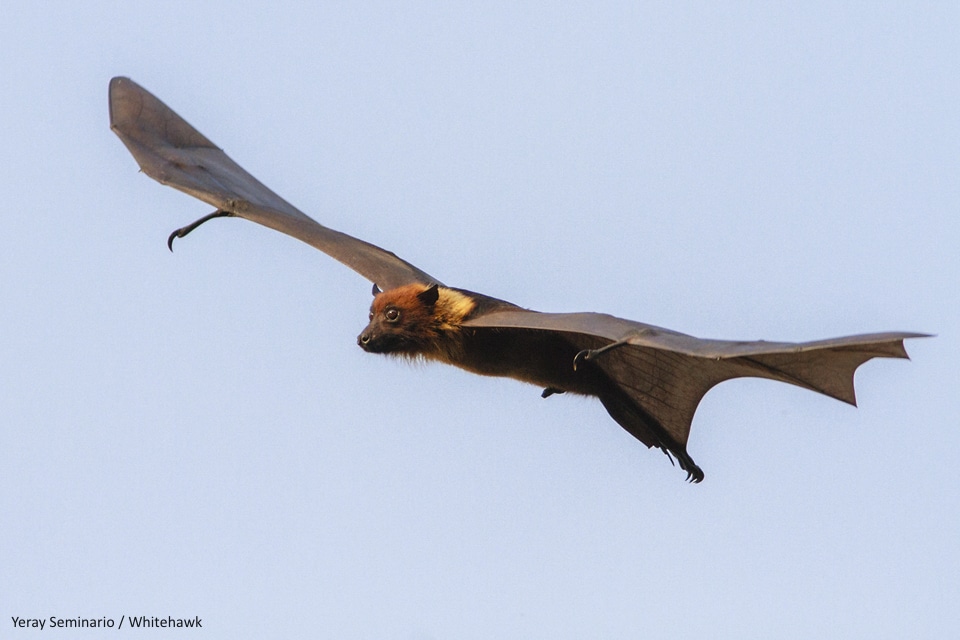
3. The Taj Mahal
Declared a UNESCO World Heritage Site, the Taj Mahal is perhaps one of India’s most famous man-made landmarks. And for many who visit India, it is a must-see attraction. The Taj Mahal is located in Agra along the Yamuna River. This white marble mausoleum, commissioned in 1632, houses the tomb of Mumtaz Mahal. Mumtaz Mahal was the favorite wife of the Mughal Emperor, Shah Jahan. The Taj Majal is nestled within a 17-hectare compound and is surrounded by gardens. More than 7 million people from around the world visit the Taj Mahal every year.
Of course, if you are a bird lover, the Taj Mahal can offer some fun opportunities for birding as well. Observers have recorded over 200 species in and around the Taj Mahal. Ruddy Shelduck, Painted Stork, Indian Pond-Heron, Egyptian Vulture, Rose-ringed Parakeet, Indian Robin, and many more can be observed here.
4. Temples & Monasteries
It is impossible to visit India without at least catching a glimpse of one or a few of the thousands of temples and hundreds of monasteries that dot its hillsides, adorn its cities, and provide its citizens with places of worship. While the temples and monasteries are scattered throughout the country, there are several stunning ones that can be seen along our tour routes. While in Leh, we will visit the Thiksey Monastery, located on a hill-lock with formidable views of the Indus Valley. Thiksey is especially noteworthy for its gigantic seated statue of the Maitreya and is also known for its Dukhang, (assembly hall) which houses hundreds of rectangular prayer books stacked between wooden covers and bound in silk.
In New Delhi, the impressive Lotus Temple was constructed in the mid 1980s and is a place of worship for the Bahá’í religion. The Shri Aadya Katyayani Shakti Peetham is a wondrous marble temple set in a 60 acre complex. Found across the street from the Red Fort, is the Shri Digambar Jain Lal Mandir – is made of red sandstone and is one of the most famous of Delhi’s temples. Of note, this temple is also the home of the Jain Birds Hospital, where people can bring in sick and injured birds for treatment – free of charge!
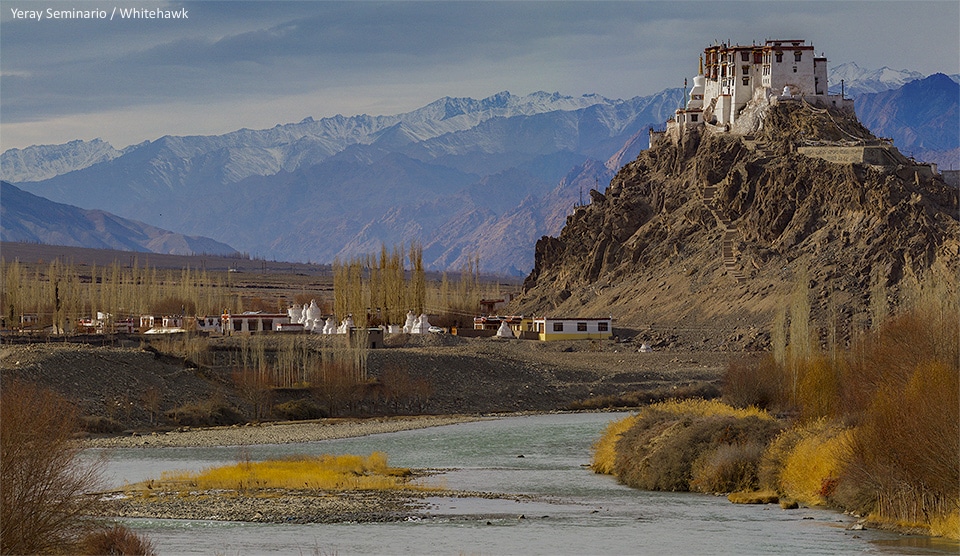
5. The Himalayas
Nothing comes close to seeing the Himalayas first hand. Your first views might come from the window of an airplane: a landscape of pinnacles and valleys and snow-swept mountains spreading out beneath you. Your second view might be from a car window, as you drive through the winding mountains that offer spectacular unparalleled views. But to really see the Himalayas, nothing beats exploring them on your own two feet. Crossing frozen streams, climbing sharp peaks, feeling the warmth of the sun and the immediate drop in temperature once the sun dips behind the tall peaks are unparalleled experiences.
Though, especially in winter, vegetation can be sparse, the landscape offers clues as to the amazing wildlife that lives here. Tracks, scats, a lone feather, a patch of fur caught on a nearby bush, all reveal a few of the secrets the Himalayas hold. Home to amazing wildlife such as Snow Leopard and Pallas’ Cat, Himalayan Wolf, Red Fox, the incredible Blue Sheep, Bearded Vultures, and Golden Eagles, a visit to this spectacular mountain range is not to be missed.
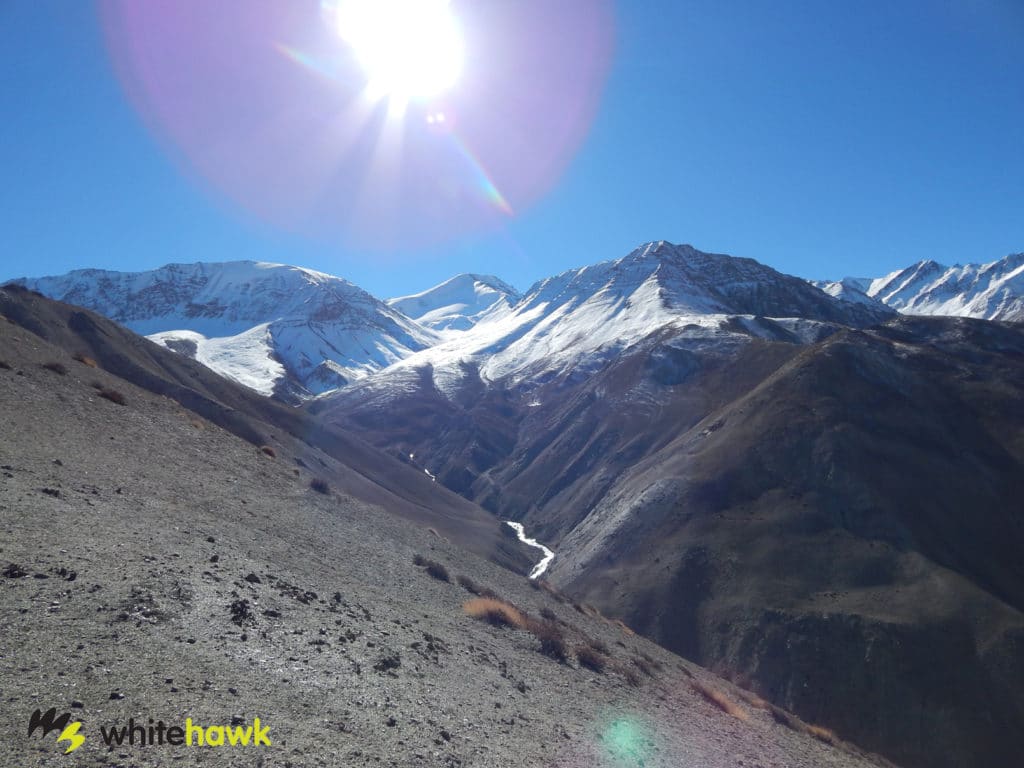
6. The Cuisine
Very few countries rival India in terms of the variety of spices, textures, colors, and tastes when it comes to local cuisine. Because the nation is so large its cuisine varies across regions as climate affected the availability of different spices, vegetables, and other ingredients. India’s different religions, cultures, and even trade and invasions have influenced the dishes prepared here. Because of the heavy influence of Hinduism, much of the food you will eat in India is vegetarian, though many dishes include milk, cheese, or other dairy products. Lentils, paneer (Indian cottage cheese), turmeric, and fresh vegetables are just some of the wonderful ingredients you can expect to find on your plate while dining in India.
7. Chambal River
Along the Chambal River is The National Chambal Sanctuary. Encompassing roughly 5,400 square km, this reserve protects some of India’s most exceptional wildlife. It is home to the critically endangered Gharial, also known as the fish-eating crocodile. We can also find so many other species within the river or along its banks. Red-crowned Roof Turtle and the endangered Ganges River Dolphin are among the most iconic. Otters, crocodiles, as well as several species of turtles, can also be found here. This reserve is also a great place for birds. We can find Indian Skimmers, Lesser Whistling-Ducks, Great Thick-knee, Pallas’ Gull, Indian Cormorant, Chestnut-bellied Sandgrouse, and many others.
8. The Vultures
Biologists like to call vultures “nature’s clean-up crew” and for good reason! A flock of vultures can devour a cow carcass in a matter of days! This helps to reduce the spread of disease. Sadly, vulture populations in Southeast Asia began to decline rapidly in the 90s. For a long time, no one knew why. Biologists from The Peregrine Fund and other organizations soon discovered that Diclofenac (a veterinary drug) was the cause. When cattle that had been given this drug died, the vultures that fed on them became ill and died from kidney failure. Thankfully, Diclofenac has been banned in much of the region, and it seems that vulture populations are slowly stabilizing. Some critically endangered vulture species we can see while in India include the Indian Vulture, Slender-billed Vulture, and White-rumped Vulture.
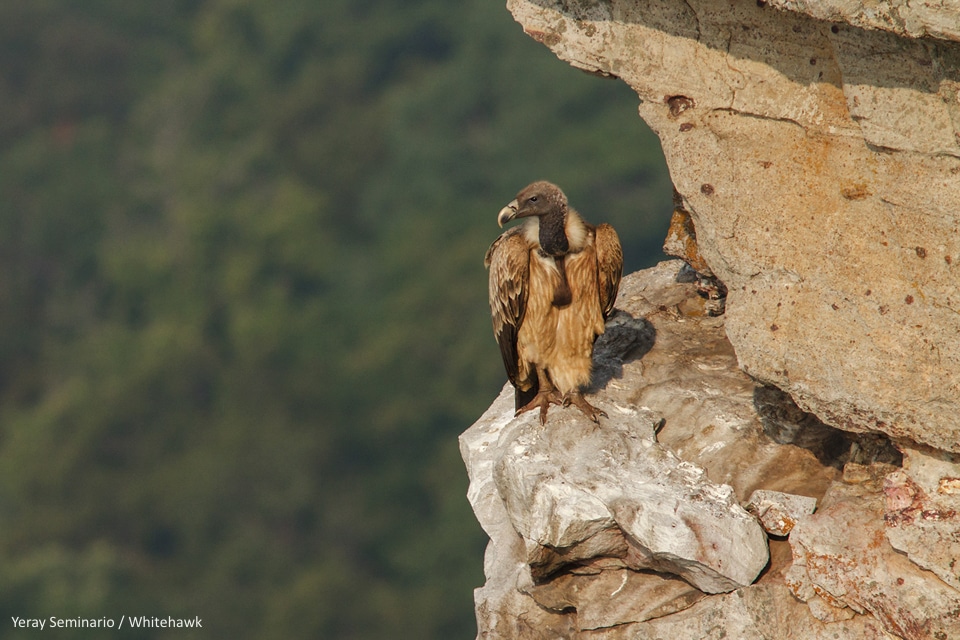
9. The National Parks
It would be a shame to visit India without exploring at least one if its national parks. India is home to over 100 national parks and each one is home to some spectacular plants and animals. Of course, many of the country’s national parks were designated as reserves for Bengal Tigers. Some of the best include Bandhavgarh National Park. This park covers over 700 square km and is home to one of the densest populations of Bengal Tigers in the world. Ranthambore National Park is another incredible destination for tiger and wildlife viewing. We particularly love this park because of the spectacular Ranthambore Fort that we can see within the park’s borders.
Whether designated tiger reserves or not, all of India’s national parks provide homes to unique habitats and wildlife. One of our favorite national parks, of course, is Hemis National Park in the Ladakh region of the country. Hemis is one of India’s largest national parks. It has the densest population of Snow Leopards of any protected area in the world. It is also home to Golden Eagles, sparrowhawks, kestrels, Himalayan Vulture, Tibetan Hare, Pika, Tibetan Partridge, Himalayan Snowcocks, and Chukar Partridge, among much other wildlife.
One of the most important parks is the Gir National Park and Wildlife Sanctuary in Gujarat, India. This park is the last and only stronghold in the world for the Asiatic Lion. It is also home to jackals, foxes, mongoose, cobras, pythons, and incredible birds of prey.
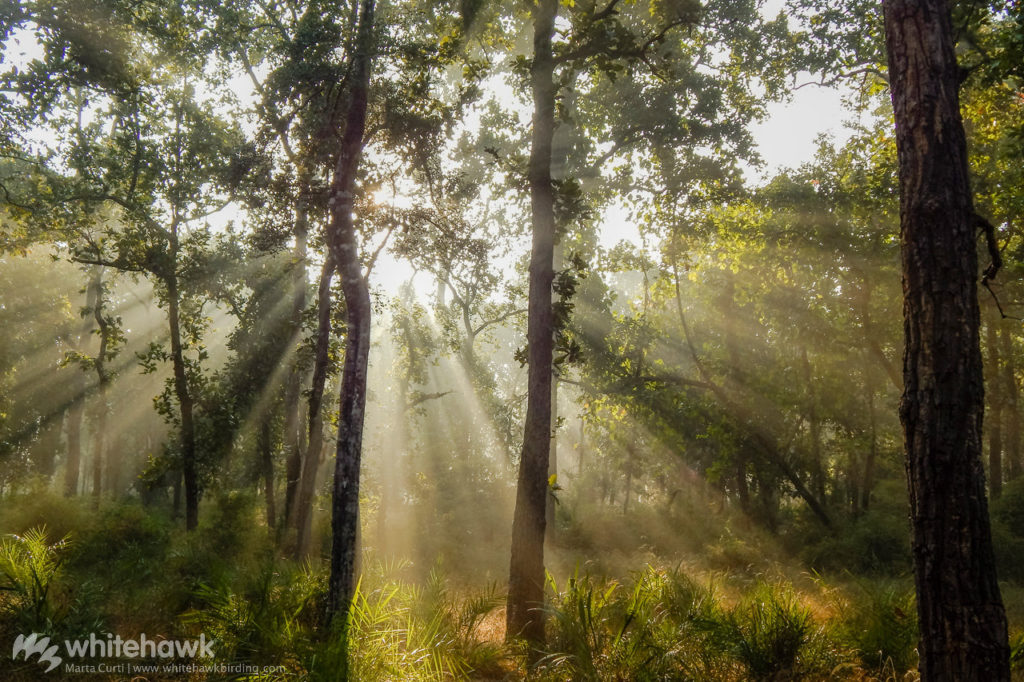
10. Photographic Opportunities
If you plan to visit India, don’t forget to bring your camera along. This large subcontinent is one of the best places in the world to capture amazing photographs of all kinds. Sunsets behind towering temples, leopards lurking among the grass, fruit and flower markets, vast landscapes are all at your fingertips. Whether you enjoy photographing unique architecture, colorful markets, food, wildlife or landscapes, opportunities for wonderful pictures can be found at almost every turn.
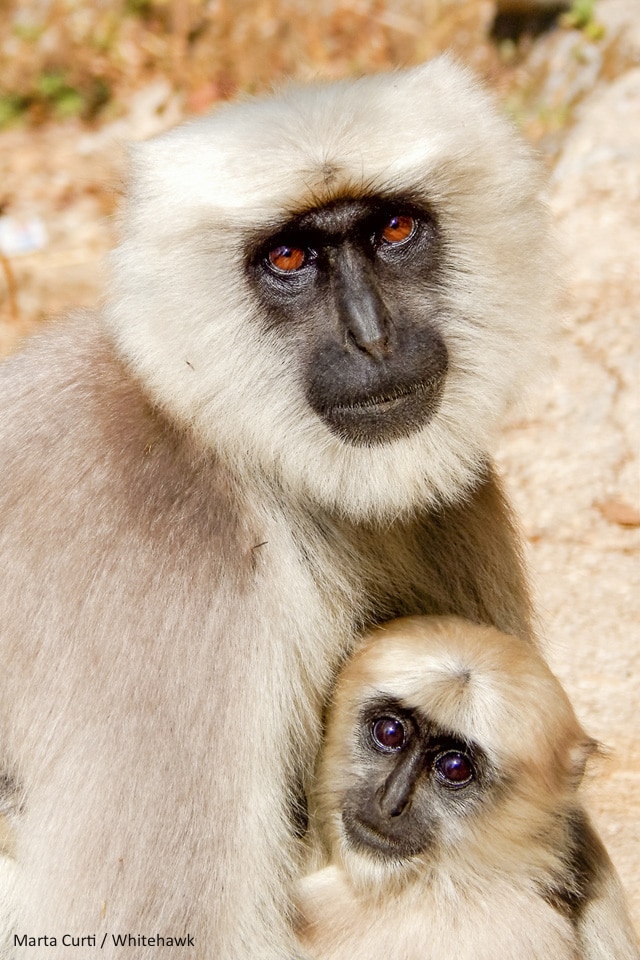
Would you like to visit India? Whitehawk offers tours to India which are both bird and mammal focused. Join us in search of the elusive Snow Leopard. Or come along on a tiger safari to observe Bengal Tigers and other iconic mammals in the wild. Both of these tours offer opportunities for birding and photography as well.


